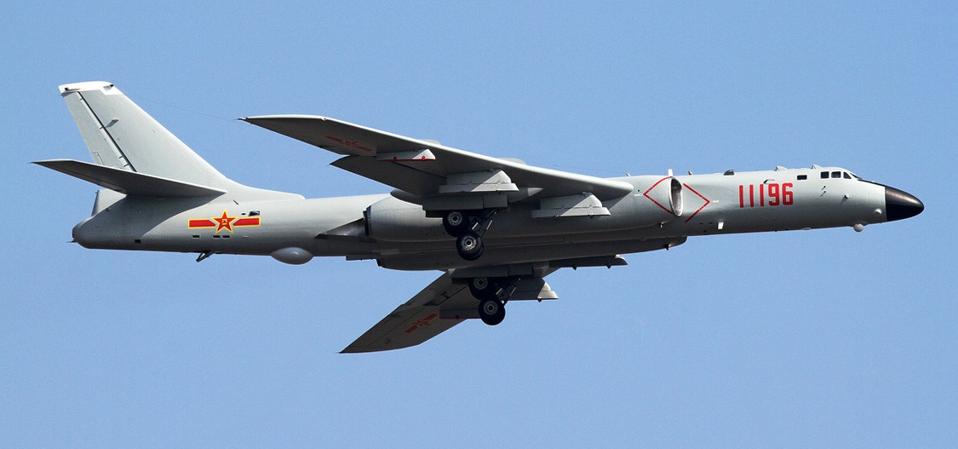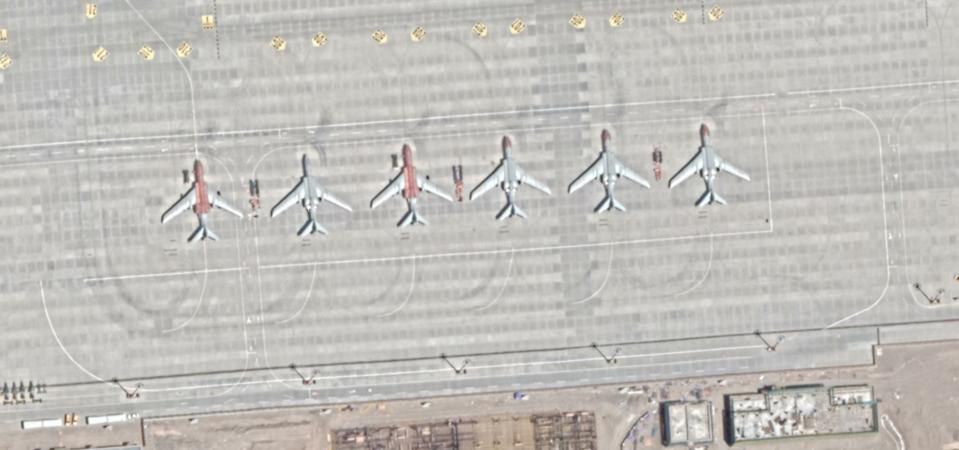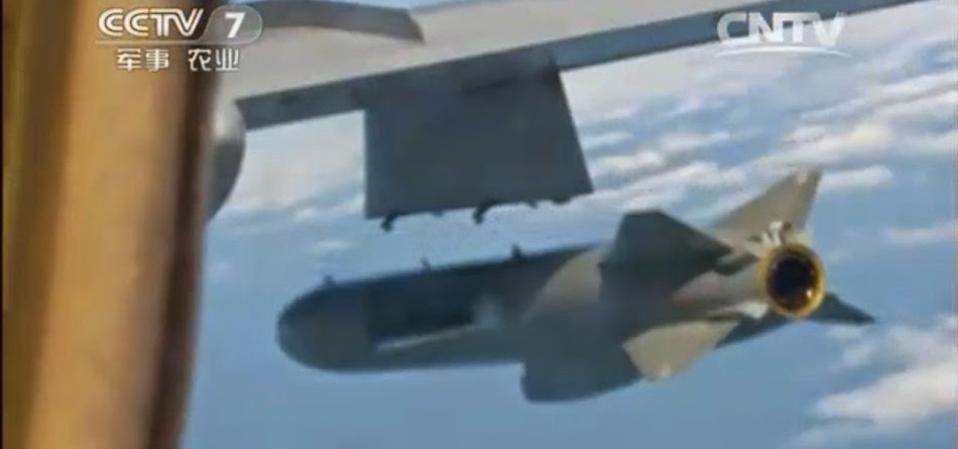The Chinese air force apparently has deployed bombers to an air base in the country’s far west, placing the warplanes within striking distance of Indian forces along the disputed Chinese-Indian border in the Himalayas.
But conditions undoubtedly are difficult for the bombers and their crews.
Twitter-user @detresfa, a so-called “open-source intelligence” practitioner, noted commercial satellite imagery depicting six H-6 bombers on the tarmac at Kashgar airport in the Uyghur autonomous region of Xinjiang.
The H-6 is a Chinese development of the twin-engine Soviet Tu-16 medium bomber. Chinese industry has greatly improved the basic Tu-16 with new sensors, avionics, engines and weapons.
Kashgar lies around 500 miles from Ladakh, the region of northern India along which runs the Line of Actual Control, the demarcation between Indian and Chinese forces in the Himalayas. Diplomats drew that line as part of truce talks following a bitter, bloody border war in 1962.
It’s unclear when the H-6s arrived in Kashgar, but it could be as recently as July, based on the dates on the satellite imagery.
In early June, Chinese forces killed 20 Indian soldiers in a skirmish along the Line of Actual Control. Forty-three Chinese soldiers also were injured or died, according to press reports.
Indian and Chinese warplanes and helicopters are patrolling the border zone as the stand-off continues. India has deployed Su-30, MiG-29 and MiG-29K fighters. Satellite imagery depicts Chinese air force J-16 fighters sharing the tarmac with the H-6s at Kashgar.
The satellites photos of the bombers appear to depict what aviation-expert Andreas Rupprecht surmised to be KD-63 land-attack cruise missiles under the H-6s’ wings. The KD-63 boasts a range of around 125 miles.
India and China’s bases near the Line of Actual Control lie many thousands of feet above sea level. Kashgar is situated an eye-watering 14,500 feet above sea level.
The high, thin air can pose challenges to combat aircraft. A lack of lifting power can reduce payload on fighters to minimal fuel and just a few small missiles. Bombers could face some of the same constraints.
Less fuel means less range. For the Chinese, aerial refueling isn’t really an option, as the Chinese air force operates at most a couple dozen tanker planes.
All that is to say, western China—especially the Himalayas with their 20,000-foot peaks—is a less-than-ideal zone for air-combat operations.









